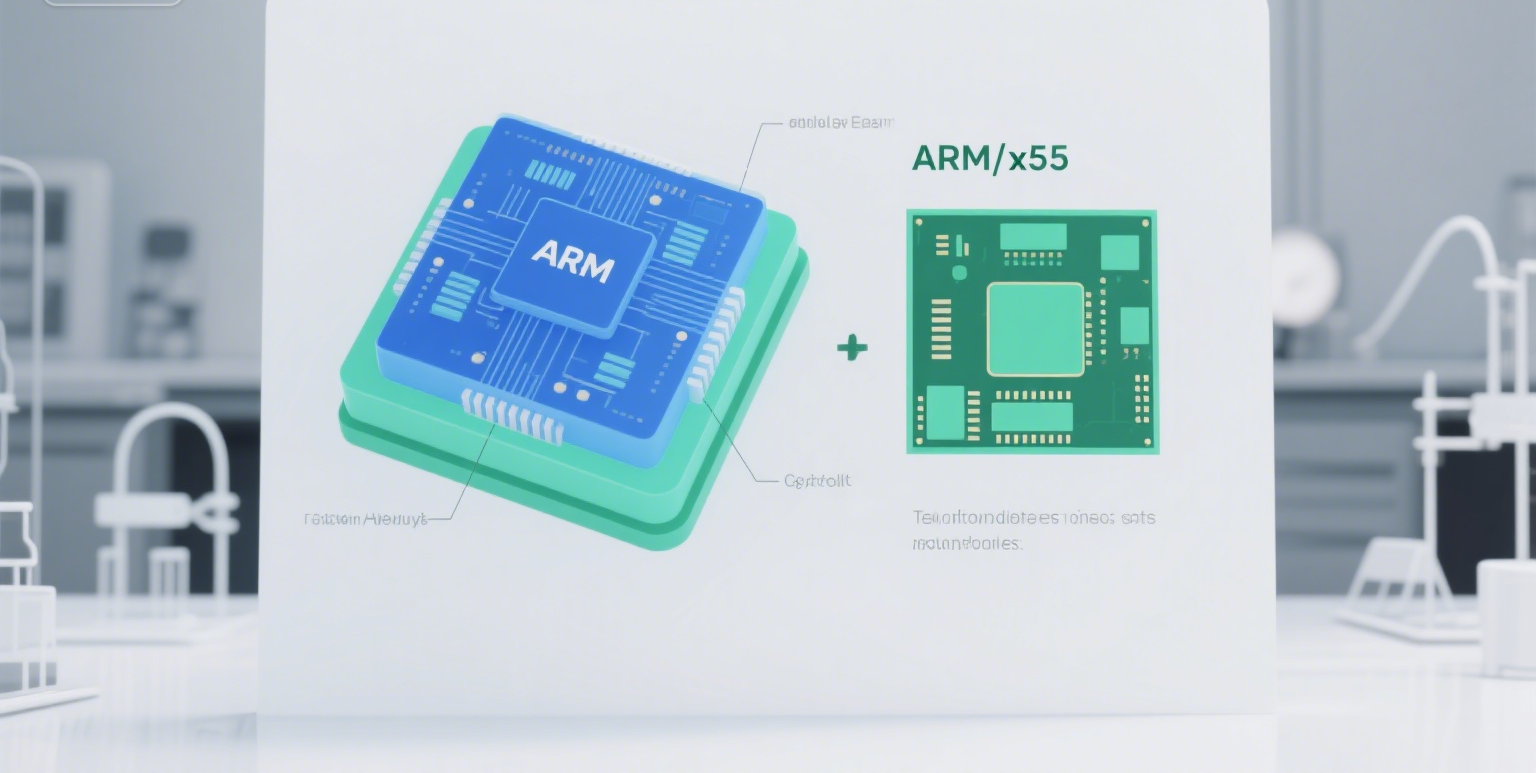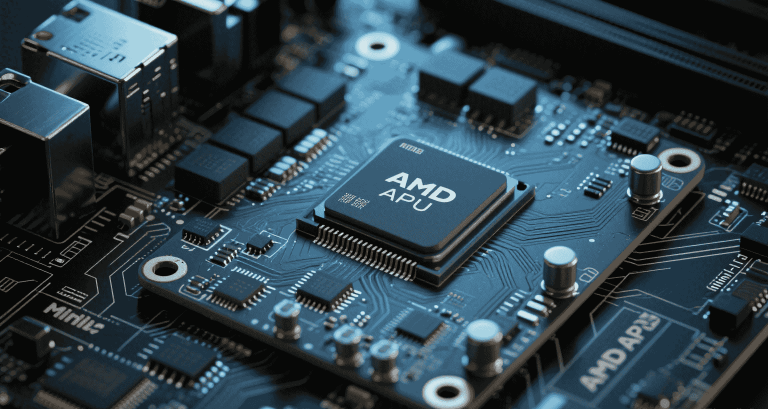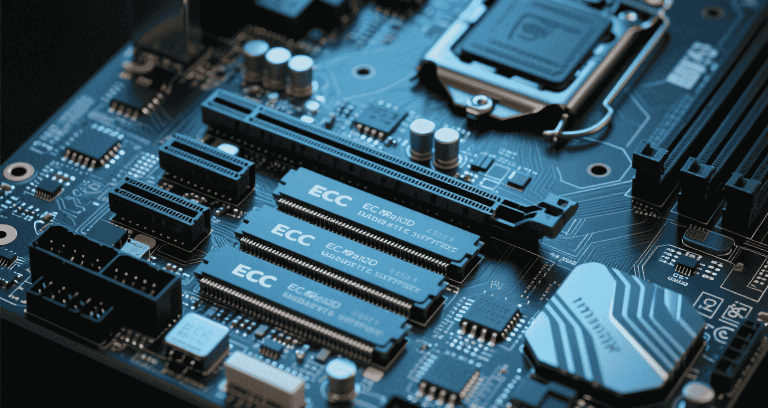ARM vs x86 Power Efficiency: Architecture and Workload Analysis

Table of Contents
- Introduction
- Architectural Design Principles and Power Behavior
- Power Management Techniques and Technologies
- Total Platform Power Consumption
- Idle, Sleep, and Resume Power Characteristics
- Active Power Under Load
- Application-Level Performance per Watt
- Peripheral and Accelerator Power Impact
- Firmware, Management, and Security Overheads
- Lifecycle, Sustainability, and Environmental Considerations
- Real-World Case Studies and TCO Implications
- Best Practices and Recommendations
Introduction
Energy efficiency has become a core differentiator in modern computing. Whether you’re scaling cloud workloads or designing embedded controllers, the power profile of your platform shapes total cost of ownership, sustainability goals, and long-term deployment strategies. This guide delivers a professional, hands-on perspective to help hardware architects, embedded engineers, and datacenter planners navigate the trade-offs between ARM and x86 architectures, emphasizing workload-specific performance per watt and practical integration considerations.
Architectural Design Principles and Power Behavior
The foundational difference between ARM and x86 lies in their instruction set philosophy and microarchitecture implementation.
- ARM: RISC design with fixed-length instructions and simpler decoders.
- x86: CISC model with variable-length instructions and complex micro-op translation.
This impacts power in several ways:
| Attribute | ARM | x86 |
|---|---|---|
| Pipeline Depth | Shallower (8–11 stages) | Deeper (14–19 stages) |
| Decoder Complexity | Lower | Higher |
| Instruction Density | Less dense | More dense |
Modern process nodes (e.g., 5nm for ARM Neoverse, 7nm/5nm for AMD Zen) significantly enhance efficiency but require sophisticated power gating to fully realize benefits.
Power Management Techniques and Technologies
Both architectures employ advanced power management but differ in approach and granularity:
- ARM big.LITTLE: Mixes performance and efficiency cores to optimize workload distribution.
- x86 Hybrid: Intel’s Alder Lake introduced P-cores and E-cores, but scheduling depends heavily on OS maturity.
Common techniques:
- Power Gating: Shuts down inactive units.
- Clock Gating: Stops clock signals to idle blocks.
- DVFS: Dynamically scales frequency and voltage.
ARM’s hardware-enforced retention states often allow deeper sleep with faster wake times.
Total Platform Power Consumption
Evaluating only CPU TDP is misleading. For accurate power budgeting, include VRMs, memory, networking, and chipset consumption:
| Component | ARM Server SoC | x86 Server Platform |
|---|---|---|
| CPU Package | 80–200W | 95–280W |
| Memory | 15–30W | 20–40W |
| Chipset | Integrated | Discrete (~10–15W) |
| NICs | 5–10W | 5–15W |
Workflow Tip: Use power meters (e.g., Yokogawa WT310) for platform-level measurement under varied workloads.
Idle, Sleep, and Resume Power Characteristics
Idle and sleep behaviors are critical for embedded and edge scenarios:
- ARM: Deep idle states (~0.3W) with rapid wake (~10ms).
- x86: C-state residency with S0ix; wake times typically longer (20–50ms).
Transient power spikes can occur during resume, impacting battery runtime. Profiling tools like Intel Power Gadget and ARM Streamline help quantify these patterns.
Active Power Under Load
Load efficiency varies by workload type. For example:
- ARM excels in web servers with many lightweight threads.
- x86 delivers higher peak performance in AVX-heavy calculations.
| Workload | ARM Power Draw | x86 Power Draw |
|---|---|---|
| Single-thread CPU | 20W | 35W |
| Multi-threaded CPU | 120W | 180W |
| Vector Ops (AI) | 80W | 150W |
Thermal throttling often appears in dense chassis—always model airflow constraints.
Application-Level Performance per Watt
Performance per watt is the definitive metric for many datacenter planners. Example benchmarks:
- Web Server (nginx): ARM achieves 1.3x higher requests per watt.
- Database (PostgreSQL): x86 shows superior single-thread latency.
- AI Inference: ARM NPUs can offset CPU load dramatically.
Kubernetes Insight: ARM nodes often reduce TCO in microservice workloads, but ecosystem maturity varies.
Peripheral and Accelerator Power Impact
Integrated accelerators and discrete cards affect power budget:
- ARM SoCs: On-chip NPU and GPU (5–20W).
- x86 Servers: Discrete GPUs/FPGAs can consume 200–500W.
Storage considerations:
- PCIe Gen4 SSDs can draw 8–12W each.
- 10/25/100G NICs add further load.
Always provision PSU and cooling headroom accordingly.
Firmware, Management, and Security Overheads
Platform management layers contribute non-trivial power draw:
- UEFI and BMC: ~3–8W continuous consumption.
- Security mitigations: Spectre/Meltdown patches increase power (x86 penalty ~5–10%).
Trusted execution environments:
- ARM TrustZone: Efficient secure world context switching.
- x86 SGX: Memory encryption with notable overhead in some cases.
Lifecycle, Sustainability, and Environmental Considerations
Environmental and sustainability goals increasingly influence platform selection. ARM SoCs often offer:
- Lower carbon footprint over lifecycle.
- Longer embedded support timelines (10+ years).
Derating for altitude and temperature:
- High temps: ARM devices often tolerate 85°C sustained operation.
- x86 servers: Typically require derating above 35°C ambient.
Real-World Case Studies and TCO Implications
AWS Graviton: Customers report 40% cost reduction per workload compared to Xeon.
Azure: Ampere-based VMs increasingly used for scale-out.
But note:
- Software licensing for ARM sometimes requires renegotiation.
- Migration costs can offset near-term savings.
Example: One logistics provider saved $500k annually switching edge nodes to ARM.
Best Practices and Recommendations
- Profile workloads carefully: Use real data to evaluate power and performance.
- Validate firmware maturity: Especially for ARM platforms.
- Plan cooling and PSU overhead: Avoid assumptions based on CPU TDP alone.
- Document deployment profiles: Record power draw at idle and load for compliance.
For guidance on selecting and integrating efficient Mini-ITX platforms, visit MiniITXBoard.


